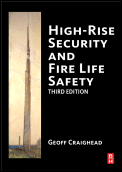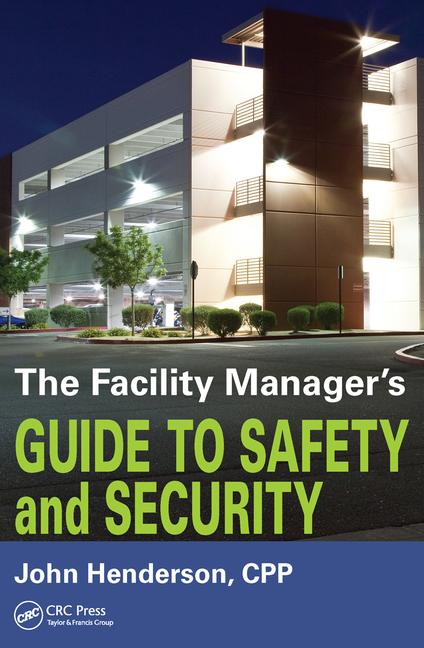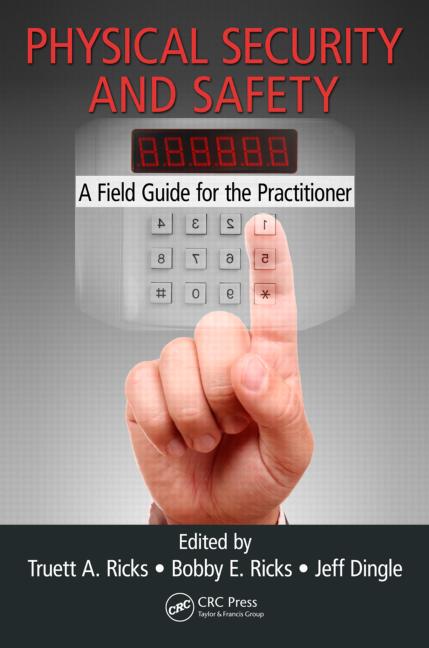A case in California involved fatal injuries from a fire that started in the decedent’s apartment while he was sleeping. The smoke alarm inside his unit did not sound. His successors-in-interest filed a lawsuit against the decedent’s landlords, individually and as trustees of the Revocable Trust and the manufacturer of the smoke alarm for damages relating to his death.
The trustees filed a cross-complaint against the smoke alarm’s manufacturer claiming that the alarm was defective. The manufacturer moved for summary judgment arguing the trustees could not establish causation as to any of their cross-claims because the undisputed facts established that someone intentionally disabled the alarm after it left the manufacturer’s control.
The trustees own and manage an apartment complex and leased an apartment to the decedent. Before decedent moved into the unit, the trustees’ maintenance worker purchased a smoke alarm system from a big-box retailer and installed it in the decedent’s unit. The maintenance worker tested the alarm and confirmed it was functioning properly. The decedent was a heavy smoker and the maintenance worker stated that during one of their interactions, the decedent complained to the worker that the smoke alarm was making a lot of noise and asked him to uninstall it. The worker told him he could not do so.
The smoke alarm system had a lithium battery that is intended to last for 10 years under normal operating conditions. On the back of the alarm, there is a label that provides information regarding how to disable the alarm by inserting a screwdriver at the cross-hatched area (among other instructions) and warnings, which stated:
“WARNING!! DO NOT DEACTIVATE THE ALARM UNTIL THE END OF ALARM LIFE SIGNAL IS HEARD. THE END OF ALARM LIFE SIGNAL IS AN INTERMITTANT CHIRP (EVERY 45 SECONDS). ONCE THE ALARM IS DEACTIVATED, IT WILL NO LONGER FUNCTION, CANNOT BE REACTIVATED, AND MUST BE REPLACED.”
The parties conducted a laboratory examination of the remnants of the smoke alarm from the decedent’s apartment. The manufacturer’s expert determined that at the approximate location of the cross-hatched area, the label was torn and “folded accordion-style, indicating that the switch at the rear of the alarm had been pushed to the left and disabled.”
The expert concluded, based on the inspection, the alarm was permanently disabled before the fire and after it was installed in the decedent’s unit. The trustees do not dispute the conclusion that the alarm was disabled prior to the fire. They insist the decedent was the person that disabled the alarm.
The trustees argued there was a triable issue of fact as to whether the risks of the design of the smoke alarm outweighed its benefits. They further argued there was a triable issue as to whether the alarm contained an adequate warning and submitted a declaration for their expert in support of their opposition.
In reply, the manufacturer asserted the trustees expert’s declaration was based on speculation and conjecture, and thus, was insufficient to raise a triable issue of fact. The manufacturer further contended the undisputed act of a third party intentionally disabling the alarm severed any link between manufacturer and decedent’s death.
The trial court granted manufacturer’s motion. The court concluded the manufacturer met its burden of showing the trustees could not establish causation for any of their cross-claims because the evidence demonstrated the smoke alarm was not defective, and the causal link between manufacturer and the decedent’s injuries was broken by an independent intervening force.







